Mescaline powder
$80.00 $65.00
Mescaline salt/powder:
Mescaline or 3,4,5-trimethoxyphenethylamine is a naturally occurring psychedelic alkaloid of the phenethylamine class, known for its hallucinogenic effects similar to those of LSD and psilocybin.
You can buy Mescaline powder online cheap (in low price).
product price is as: Per gram
Minimum order quantity is: 5 grams
What is Mescaline powder?
Mescaline powder is a psychedelic hallucinogen obtained from the small, spineless cactus Peyote (Lophophora williamsi), the San Pedro cactus, Peruvian torch cactus, and other mescaline-containing cacti. It is also found in certain members of the Fabaceae (bean family) and is produced synthetically.
People have used hallucinogens for hundreds of year, mostly for religious rituals or ceremonies. From the earliest recorded time, peyote has been used by natives in northern Mexico and the southwestern United States as a part of traditional religious rites. Mescaline leads to rich visual hallucinations which were important to the native peyote cults. It has an effect that is similar to LSD or psilocybin (magic mushrooms), other hallucinogenic drugs.
The top of the cactus above ground, or the crown, consists of disc-shaped buttons that are cut from the roots and dried. These buttons are generally chewed or soaked in water to produce an intoxicating tea. It can be consumed raw or dried but is extremely bitter. The hallucinogen may also be ground into powder for oral capsules, or smoked with marijuana and tobacco. The hallucinogenic dose is about 0.3 to 0.5 grams (equivalent to about 5 grams of dried peyote) and lasts about 12 hours. However, different doses can affect people in various ways, and doses extracted from plants can vary widely.
Mescaline is used primarily as a recreational drug and is also used to supplement various types of meditation and psychedelic therapy. It is classified as a schedule I drug in the U.S., making it illegal in all forms (including peyote); however, it remains legal in certain religious ceremonies registered by the Native American Church1,2, 3 Schedule I drugs have a high potential for abuse, no currently accepted medical use in treatment in the United States, and a lack of accepted safety for use under medical supervision.
Use and effects
“Trips” for the users may be pleasurable and enlightening or anxiety-producing and unpleasant (known as a “bad trip”). There is no way to know how a user’s experience may ultimately play out. Common effects after use may include:
- visual hallucinations and radically altered states of consciousness (psychedelic experience)
- open and closed eye visualizations
- euphoria
- dream-like state
- slowed passage of time
- laughter
- a mixing of senses (synesthesia, such as “seeing a sound” or “hearing colors”)
- pupil dilation
Side effects or risks
Side effects or risks of mescaline use may include:
- anxiety, fear
- racing heart beat (tachycardia)
- dizziness
- weakness
- diarrhea
- excessive sweating
- tremors
- nausea, vomiting
- headache
- accidental injury
- psychosis, panic or paranoia
- seizures
- amnesia (loss of memory)
- posthallucinogen perceptual disorder (flashbacks)
- rarely, suicidal thoughts or actions
Like most psychedelic hallucinogens, mescaline is not physically addictive; however, it can cause tolerance meaning higher doses are need to achieve the same hallucinogenic effect. Mescaline-containing cacti can induce severe vomiting and nausea, which is an important part to traditional Native-American or Shaman ceremonies and is considered a cleansing ritual and a spiritual aid.
If you take prescription medications, there are no well-controlled studies to determine the overall effect of drug interactions. Medications that have an effect in the brain and may affect serotonin levels (for example: antidepressants, antipsychotic agents, medications for bipolar disorder) may have the potential for dangerous drug interactions when combined with mescaline. Drugs that affect the circulatory system, heart, or have stimulant affects may lead to rapid pulse and dangerous outcomes. Other drug interactions are also possible, although scientific data are limited.
Reviews
There are no reviews yet.




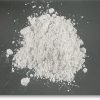
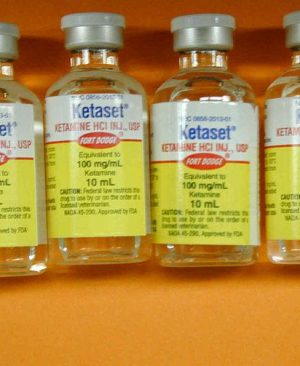
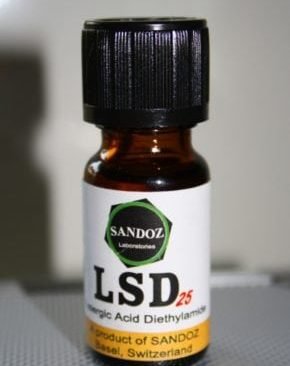

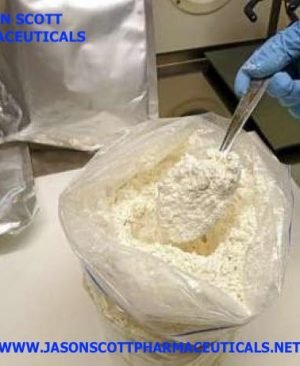
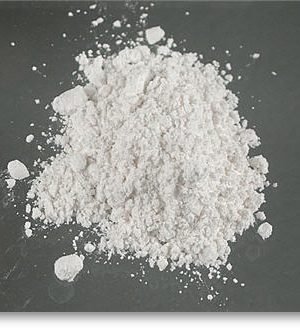



Be the first to review “Mescaline powder”